Today’s blog post is not for once going to be all about in-depth editorial questions, source problems or the complicated genesis of a composition. No, I’d like to put a sometimes trivial-seeming activity in the right light: Proofreading.
It usually takes many months, even years, to complete the editorial work on an edition and then to record on paper the editorial decisions in an “engraver’s model” for the music typesetter. Yet the most time-consuming edition is hardly worth anything if the newly set music text is then teeming with wrong notes and accidentals due to copying errors.
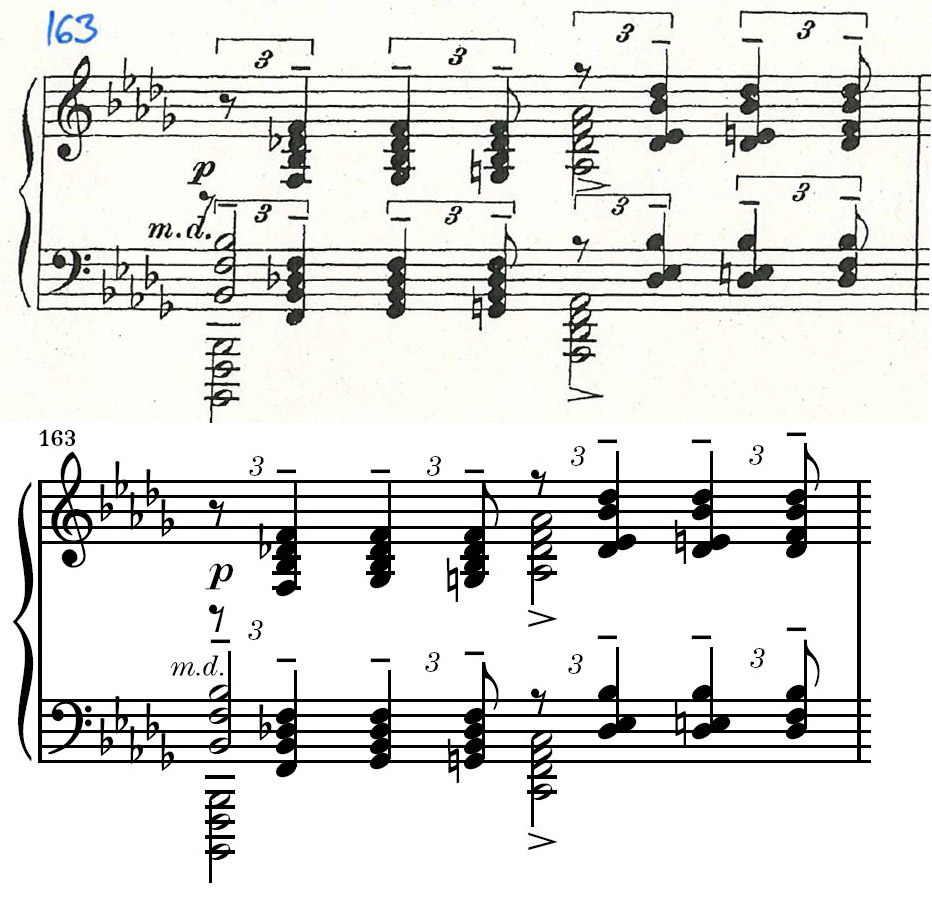
An excerpt from an engraver’s model and its corresponding 1st music galley proofs. Do you find the error? You can find the solution below.
The reason why many musicians appreciate the Henle Urtext editions is not only because the musicologically-developed score texts are reliable and graphically designed with care, but because they are virtually free of errors.
That’s not by chance, for we pay extremely close attention to proofreading an edition. After the editor has finalised the text-setting model and the music-graphics setter has pulled up the first galley proofs, many months will still pass before the edition is ready for printing. Every score of our Urtext edition undergoes at least six proofreadings by various proofreaders, and even more in the case of especially complex music texts (such as that of the Alban Berg string quartet).
When the edition also contains individual parts, these are first extracted from the proofread score and then proofread another three times (at least). Because as convenient as creating parts is with the computer these days – at this step, many new errors or other shortcomings can arise: wrong transpositions, lost or misplaced indications, erroneous cues, poor page turns, and much more, like in this example:
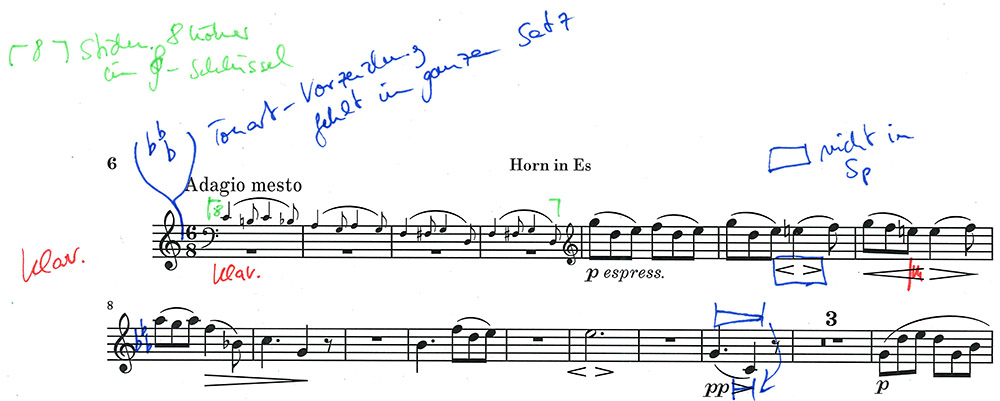 For these multiple inspections we are assisted by a select team of external proofreaders: trained musicians, music teachers and musicologists, who must also have a keen eye for the finer points of the music text and the rules of music engraving. What they do for our editions goes far beyond a mechanical comparison: they point out differences in parallel passages, notice doubtful passages and suggest improvements to the line/page breaks or the optical design. The results of this “intelligent reading” are reviewed by the editor and taken into account to improve the music text.
For these multiple inspections we are assisted by a select team of external proofreaders: trained musicians, music teachers and musicologists, who must also have a keen eye for the finer points of the music text and the rules of music engraving. What they do for our editions goes far beyond a mechanical comparison: they point out differences in parallel passages, notice doubtful passages and suggest improvements to the line/page breaks or the optical design. The results of this “intelligent reading” are reviewed by the editor and taken into account to improve the music text.
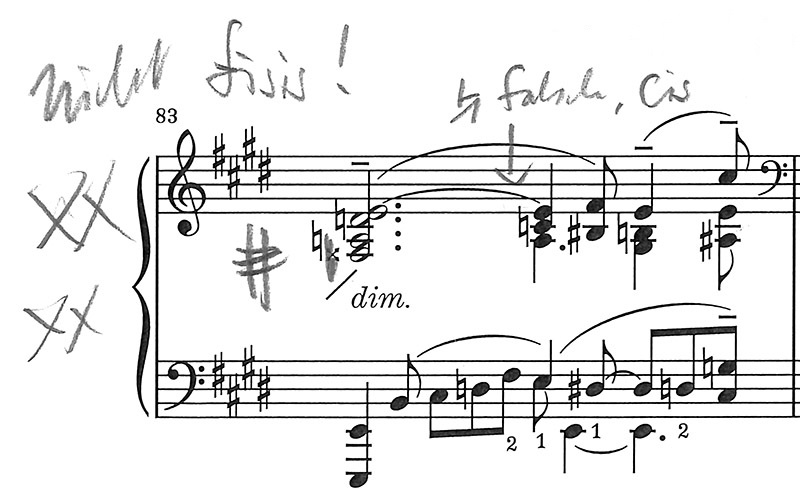
Michael Schäfer, pianist and professor at the Munich music academy, checks Rachmaninoff out especially closely…
But that’s not all: if possible, we also prefer to have musicians carefully play through our editions to test their practical usability (easy to read, practical page turns) and also to give us feedback regarding errors or problematic passages. Sometimes the addition of an explanatory footnote is sufficient to spare prospective buyers many a headache about an unfamiliar, but authentic reading.
Anyhow, almost all of our solo piano editions will be given new fingerings, a task for which we get experienced pianists and piano pedagogues. They, of course, also put the musical text to the acid test when creating the fingering and can thus detect one or the other overlooked accidental. For chamber music we also work with well-known ensembles; for example, the Armida Quartet monitored the new edition of all the Mozart string quartets.
And if in the end, all these dozens of pairs of eyes have actually missed a mistake in our edition, the error is fortunately not set in stone. Every time an edition is reprinted (usually after a few years), we check on whether in the meantime musicians have let us know about any errors (which we then immediately record in an editorial copy). So, with each new issue of an edition we are constantly updating and improving our editions in order to provide musicians with the optimal precision and reliability they have come to expect from Henle Urtext editions.


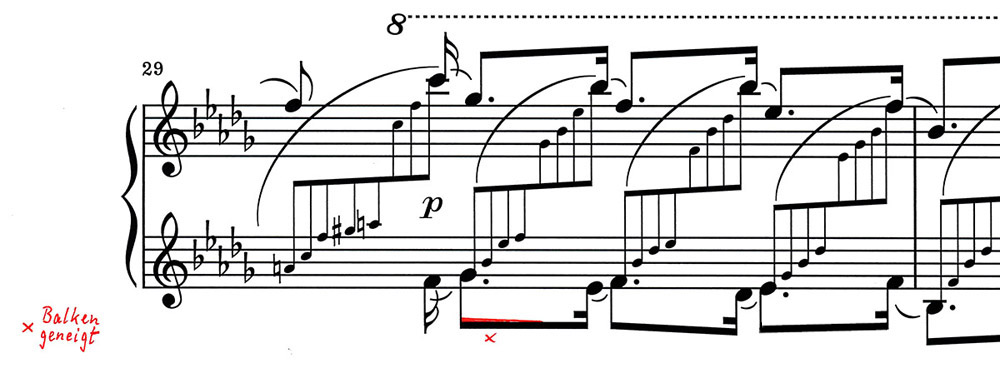
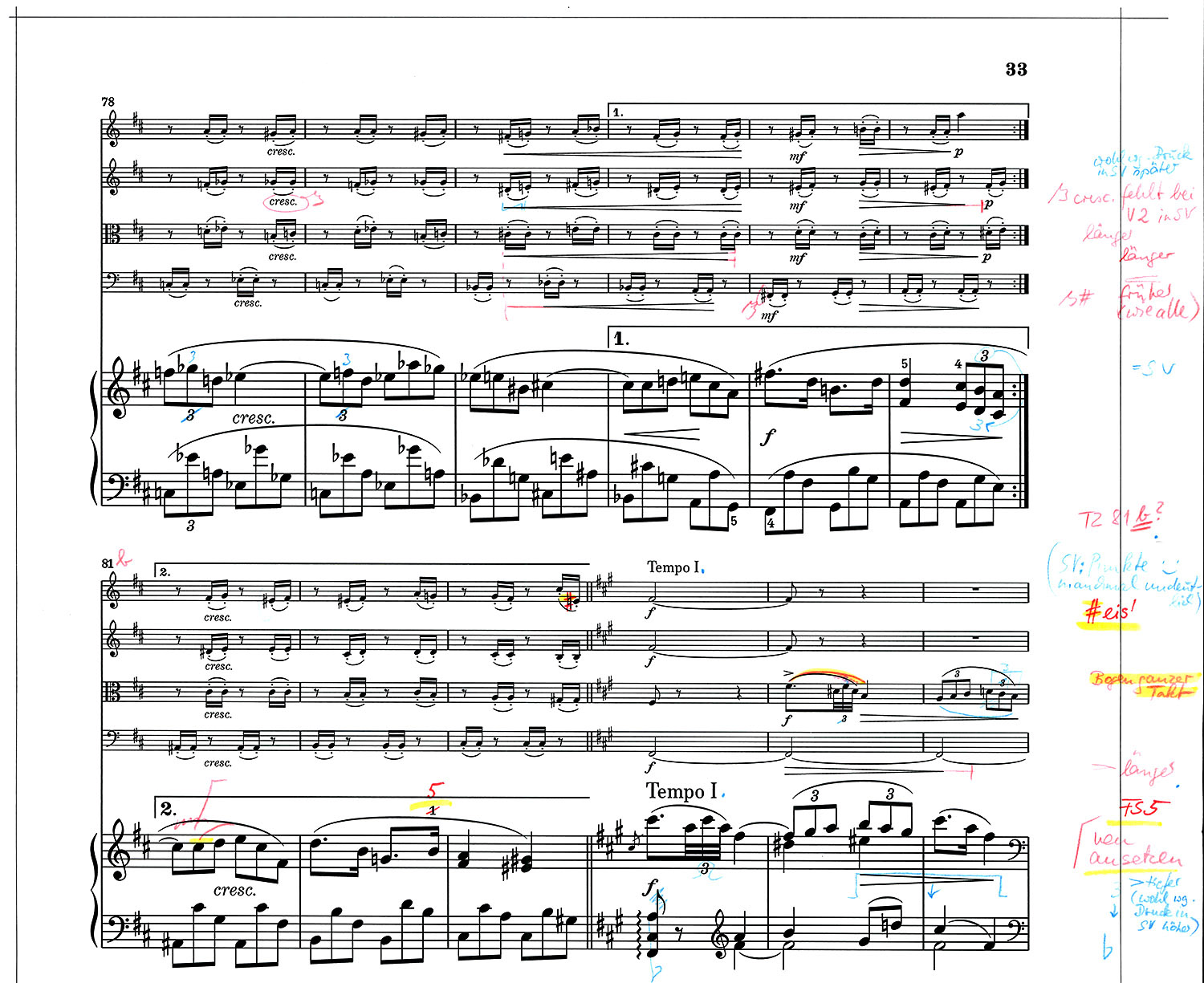
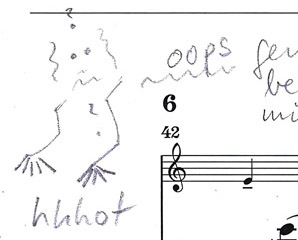
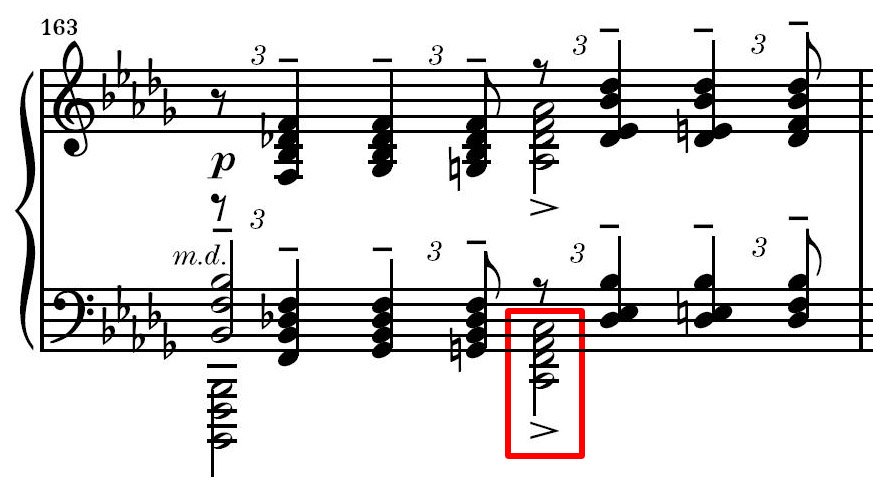
Love this. Until Henle decides to publish my work (why, though, would they stoop so low?) I have to go through this mind-boggling task myself. I am reassured, though, that some of the solutions they use, other than a professional staff I lack, are ones that I also use, test pilots and an on-file editorial copy for revisions. A revealing and informative post.
This entry is very interesting but at same time it looks like even after several rounds of proofreading, there are still a few errors in some editions. So can you please consider to post an errata on your website thus we musicians could know?
Hello,
there are so few cases of actual mistakes that it would involve a disproportionate administrative effort to maintain retrospective errata lists for over 1000 titles and 70 years of publishing history… Also, we are in constant contact with musicians and our customers and have never received a demand for such lists.
If there are so few errors then it shouldn’t be an issue, especially considering the expense of these editions and the very unlikely prospect of reprinting. Failing to provide information about engraving errors casts a very dark shadow on the integrity of these editions; not to mention neglecting to follow a fairly well-established process of providing clarification in pdf form of publisher errors.
How can we check that a possible error has already been accounted for? Or what are the avenues to pursue reporting an error? Is there a contact email or form to fill out?
Errors will be notated in our editorial copy so that they can be corrected in the next issue.
If a customer thinks to have discovered an error, he can contact us via info@henle.de